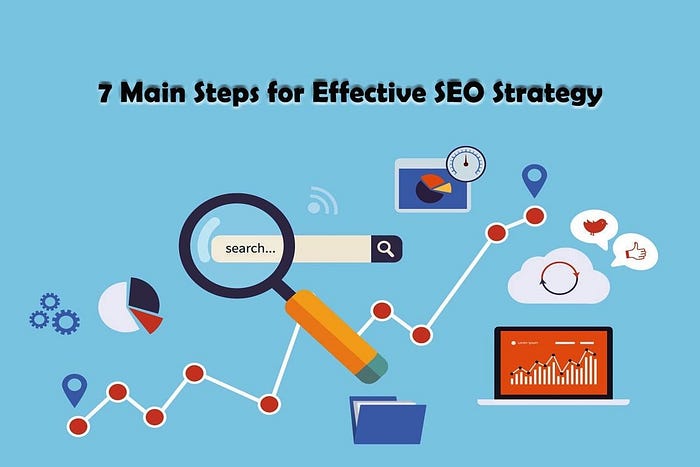
Step 1: Comprehensive Keyword Research
Keyword research is the foundation of any successful SEO strategy. Start by identifying relevant keywords and phrases that your target audience is likely to use when searching for products, services, or information related to your website. Utilize keyword research tools to assess search volume, competition, and user intent. Long-tail keywords often offer opportunities for more specific targeting and potentially less competition.
Step 2: On-Page Optimization
Optimizing your website’s on-page elements is crucial for search engine visibility. This includes incorporating your target keywords strategically into:Page titles
Meta descriptions
Headings and subheadings
Content body
URL structures
Alt attributes for images
Remember, optimization should be done naturally and not at the expense of user experience.
Step 3: High-Quality Content Creation
High-quality, relevant, and engaging content is key to attracting and retaining visitors. Regularly update your website with fresh content that addresses the needs and interests of your target audience. Longer, comprehensive articles tend to perform better in search rankings. Incorporate multimedia elements such as images, videos, and infographics to enhance the user experience.
Step 4: Mobile-Friendly Design
With the majority of online searches originating from mobile devices, having a responsive and mobile-friendly website is essential. Google considers mobile compatibility as a ranking factor, so ensure that your website is optimized for various screen sizes and devices.
Step 5: Page Speed Optimization
Page speed directly impacts user experience and search rankings. Slow-loading pages lead to higher bounce rates and lower user satisfaction. Minimize image sizes, leverage browser caching, and consider using content delivery networks (CDNs) to ensure fast-loading pages.
Step 6: Technical SEO Audit
Perform a comprehensive technical SEO audit to identify and fix any underlying issues that might be affecting your website’s performance and rankings. This includes:Ensuring proper indexing by search engines
Fixing broken links and redirects
Checking for duplicate content
Optimizing XML sitemaps and robots.txt files
Implementing schema markup for enhanced search results
Step 7: Building High-Quality Backlinks
Backlinks from authoritative and relevant websites act as endorsements for your content, signaling to search engines that your website is valuable and trustworthy. Focus on building a diverse range of quality backlinks through methods such as guest posting, influencer outreach, and creating shareable content.
Conclusion
Achieving better search engine rankings requires a strategic and well-rounded approach. By following these seven steps — from conducting comprehensive keyword research to building high-quality backlinks — you can significantly improve your website’s visibility, driving more organic traffic and ultimately boosting your online presence. Remember that SEO is an ongoing process, and staying up-to-date with the latest industry trends and algorithm updates is crucial for long-term success.

No comments:
Post a Comment